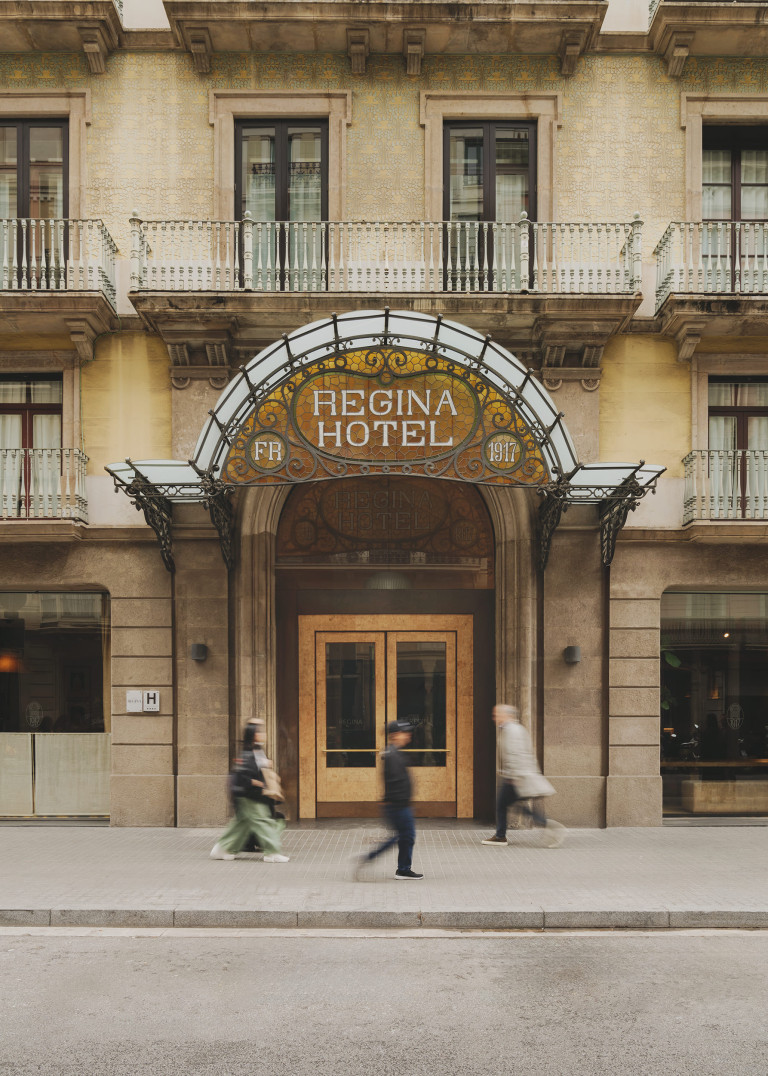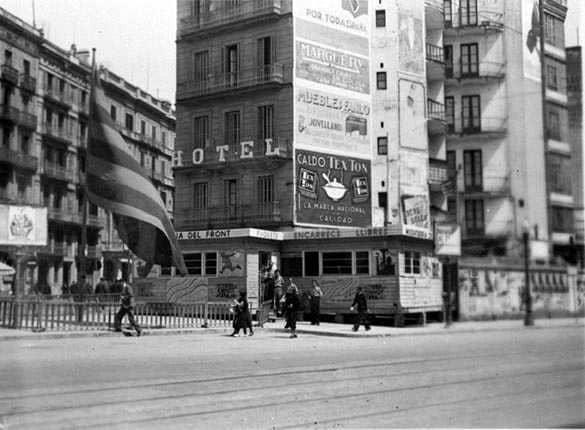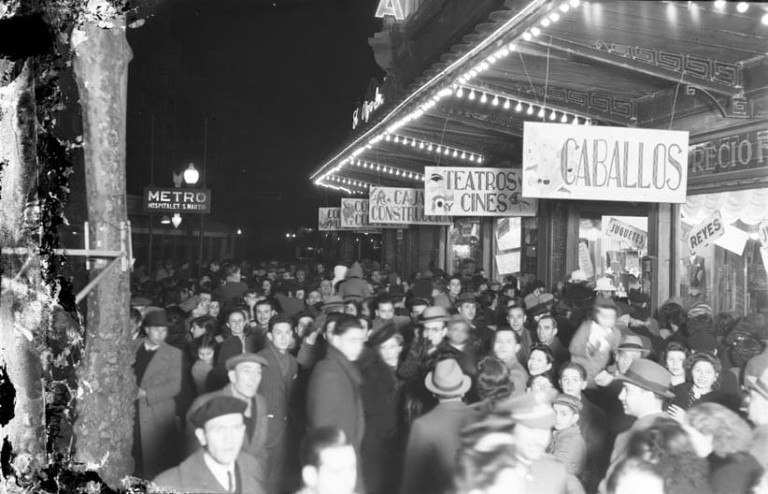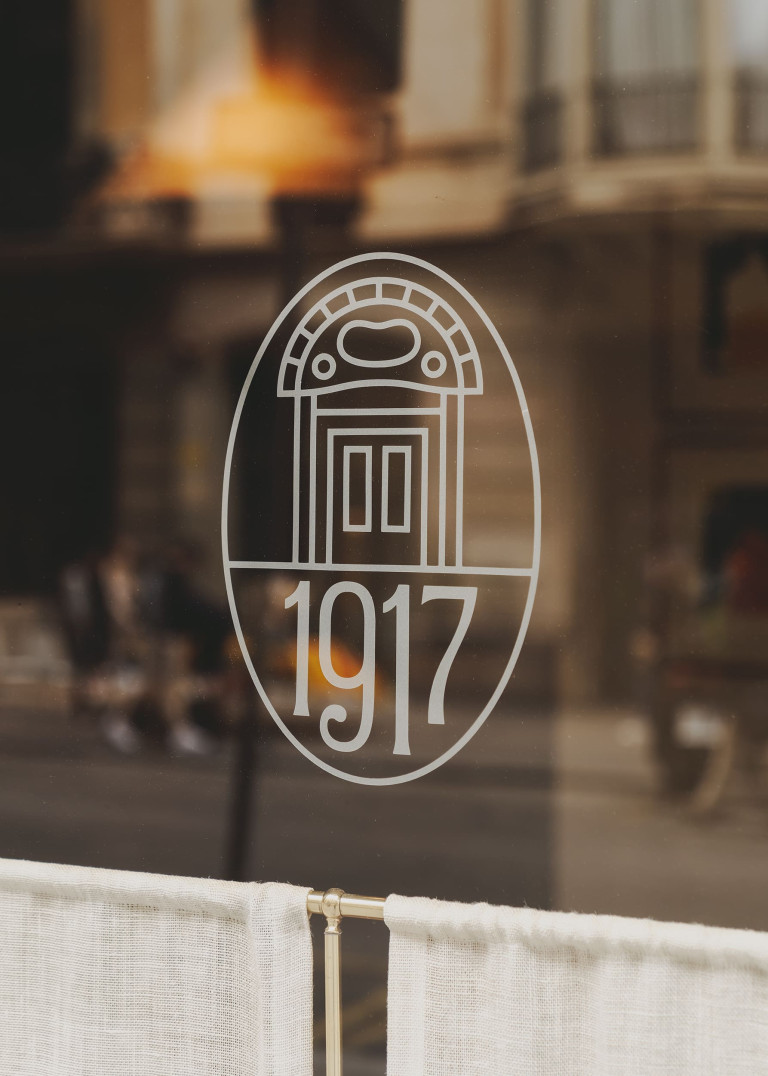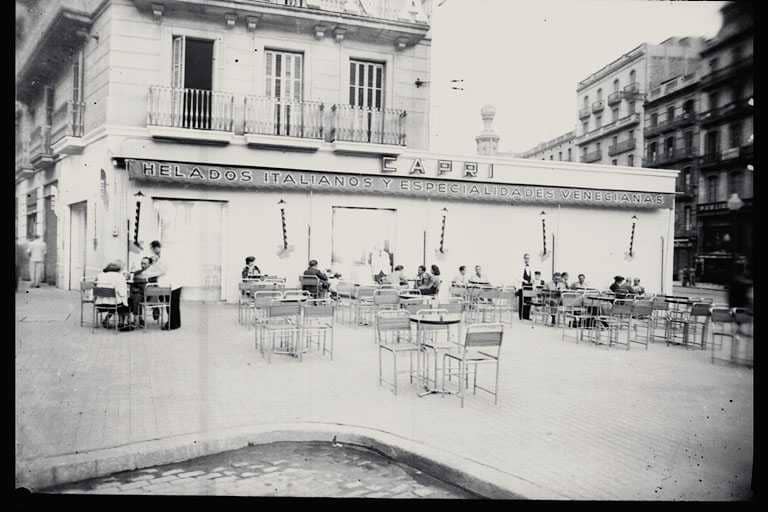The Hotel Regina has been (and continues to be) a silent witness to the evolution of Barcelona since its inauguration in the early 20th century. Located in the heart of the city, the iconic hotel building has hosted distinguished personalities, survived significant historical events, and continuously adapted to the changing demands of the industry and modern life.
The Hotel Regina has been (and continues to be) a silent witness to the evolution of Barcelona since its inauguration in the early 20th century. Located in the heart of the city, the iconic hotel building has hosted distinguished personalities, survived significant historical events, and continuously adapted to the changing demands of the industry and modern life. The story of the Regina, from its humble beginnings to becoming one of the city's most emblematic hotels, is filled with anecdotes and curiosities—those that only the greats can boast about.
Founded by Francisco Recasens, a man who arrived in Barcelona with little more than his determination, the Hotel Regina began as the Pensión Francesa. Through years of hard work, constant innovation, and a clear vision for the future, Recasens transformed this modest guesthouse into a renowned hotel. The Regina has not only been a haven for travelers from around the world but also a witness, and at times a protagonist, of the social, political, and cultural changes that have shaped modern Barcelona.
1. Humble Origins in Valls
The story of Hotel Regina begins in the small town of Valls in Tarragona, where its founder, Francisco Recasens, was born. Recasens arrived in Barcelona with just nine pesetas and ten cents in his pocket and a great deal of determination. After years of hard work in the transportation sector, he managed to acquire the Pensión Francesa, which he would later transform into Hotel Regina. The purchase wasn’t easy, as they had to gather 5,500 pesetas—a fortune at that time. Recasens even had to borrow the last 1,000 pesetas from his former boss to complete the transaction.
2. The Tragic Week and Its Aftermath
Less than two months after acquiring the Pensión Francesa, the Tragic Week erupted in Barcelona—a popular uprising that paralyzed the city. The violence and chaos severely impacted Recasens’ business, forcing him to personally go to the Estación de Francia to find customers to keep the business afloat.
3. Pioneering Innovations
Hotel Regina was a pioneer in implementing several technological innovations. It was one of the first hotels in Barcelona to install an elevator and provide telephone service in each room. These improvements not only enhanced the comfort of the guests but also elevated the hotel’s status in the city.
4. Modernist Art in Its Windows
Recasens hired the prestigious company Rigalt, Granell y Cía to decorate the hotel’s windows with modernist stained glass. These stained-glass windows, designed with floral and vegetal motifs, were the work of French artist René Beauclair, adding a touch of elegance and modernity to the establishment. Although only two of these stained-glass windows remain today, they continue to be a testament to the hotel’s former splendor.
5. A Royal and Aristocratic Stop
During the 1920s, Hotel Regina hosted members of royalty and the aristocracy. In 1924, King Alfonso XIII’s entourage stayed at the hotel during a royal visit to Barcelona. Additionally, the Baroness of Alcalalí, a Valencian aristocrat, had a car accident and was treated at the Regina, demonstrating the high society’s trust in the establishment.
6. A Refuge During the Civil War
With the outbreak of the Spanish Civil War in 1936, Francisco Recasens had to flee to Italy, leaving the hotel under the control of the workers. During this time, the Regina served as a refuge for displaced persons and possibly as a small hospital. One of the most notable moments was when the hotel housed the "Children of Morelia," a group of children evacuated to Mexico to escape the conflict.
7. Post-War Recovery
After Franco's troops entered Barcelona in 1939, Recasens returned to the city and resumed management of the hotel. He placed ads in newspapers seeking the return of goods stolen during the war and worked hard to normalize the Regina’s operations despite the harsh post-war conditions.
8. An Unexpected Compensation
During the underground construction of the Sarrià Railway, access to Hotel Regina was severely affected, leading Francisco Recasens to lead a neighborhood protest. The pressure resulted in a compensation of 60,000 pesetas from the Barcelona City Council in 1928, helping to offset the economic losses suffered during the construction.
9. An Innovative Hotel at the 1929 International Exposition
Hotel Regina was at the forefront during the 1929 International Exposition in Barcelona. Taking advantage of the influx of visitors, Recasens expanded the hotel with an additional building on Pelayo Street, increasing its capacity to 317 guests and serving over 300 meals for breakfast and lunch.
10. The Role of the Regina in Modern Barcelona
Over the years, Hotel Regina has successfully adapted to changes and remained relevant. From its beginnings as a modest guesthouse to becoming a landmark hotel in Barcelona, it is a perfect example of the blend between history and modernity that characterizes a city like Barcelona—and this atmosphere is palpable within the hotel. Welcome!

.png)




